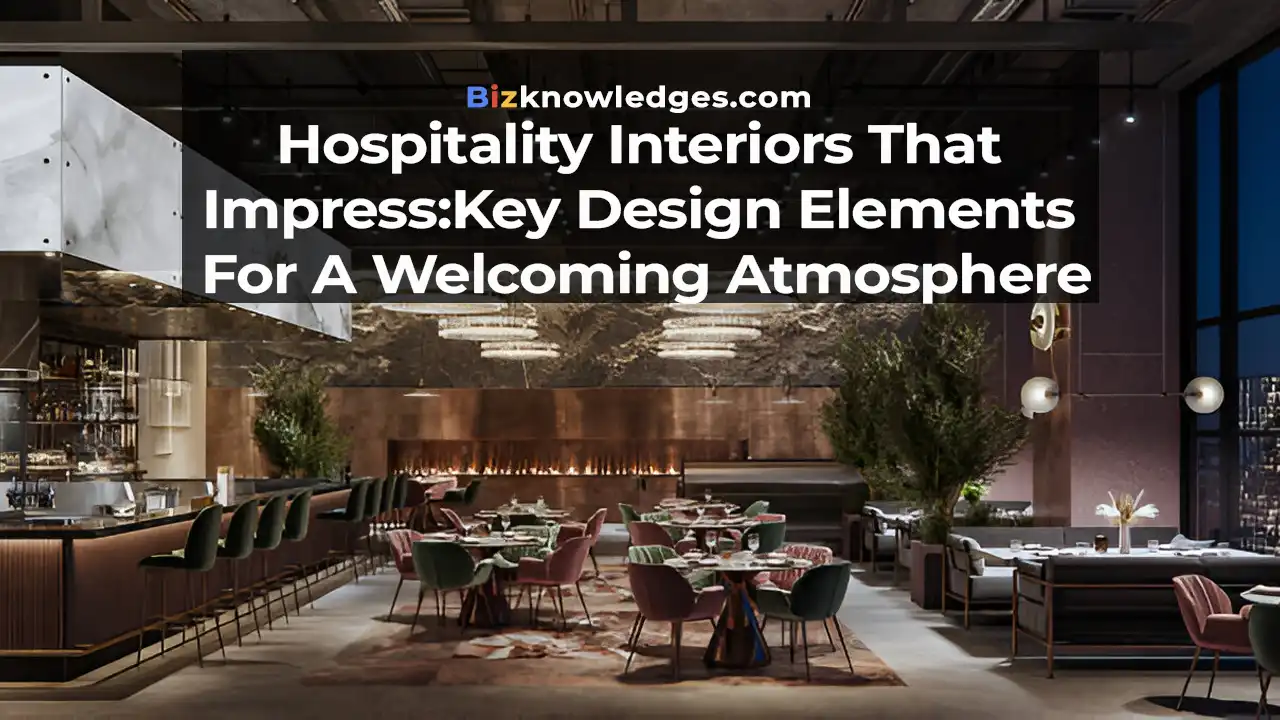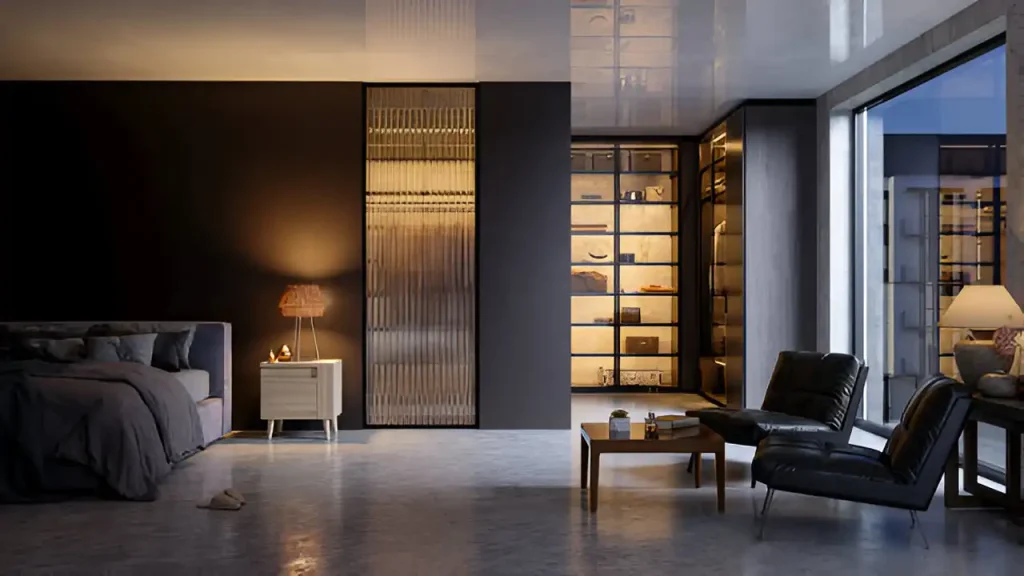Hospitality Interiors That Impress: Key Design Elements for a Welcoming Atmosphere

What makes hospitality interiors genuinely welcoming? How do you create a design that not only impresses but also invites guests to relax and enjoy their surroundings? In hospitality, creating the right atmosphere is key to a positive guest experience.
From the layout to the smallest details, the interiors of a space can significantly influence how visitors feel. In this article, we will explore essential design elements that contribute to a welcoming atmosphere, ensuring your guests feel at ease the moment they step through the door.
Start With a Cohesive Colour Scheme
In commercial fitouts, colour plays a significant role in shaping the atmosphere of your hospitality interiors, as choosing the right palette can set the tone for the entire space. Using warm tones like beige, soft yellow, or warm greys creates a cosy, welcoming feel. Balancing bold accents with neutral backgrounds adds interest without overwhelming the space.
It’s also important to match the colour scheme with your hospitality brand to ensure a cohesive atmosphere that aligns with your identity. A well-chosen colour scheme ties all design elements together, leaving a lasting and positive impression on guests and enhancing the visual appeal and overall experience.
Focus on Functional Layout and Flow
How do you ensure your design is both practical and inviting? The layout of your interiors plays a crucial role in shaping the atmosphere. A welcoming hospitality space should be easy to navigate while offering comfort and accessibility. A functional layout not only enhances the atmosphere but also ensures a smoother experience for your guests.
- Create clear pathways: Ensure guests can move freely without feeling cramped or confused.
- Design for purpose: Each area, whether it’s a lounge, dining space, or lobby, should have a distinct function.
- Consider furniture placement: Arrange furniture to encourage conversation and relaxation without disrupting the flow of the room.
Lighting Makes a Big Difference
Lighting plays a crucial role in hospitality design, as the right lighting can transform interiors and create a warm, welcoming atmosphere that guests will appreciate. For commercial fitouts, it’s essential to layer lighting by combining ambient, task, and accent lighting to add depth and warmth.
Maximising natural light through windows and skylights helps open up spaces, making them feel airy and inviting. Additionally, choosing soft, warm bulbs over harsh, bright lights enhances the cosiness of the space. By carefully considering lighting, you can improve both the functionality and atmosphere of your hospitality interiors, making them more comfortable and appealing to guests.

Add Texture and Comfort
How can texture contribute to a welcoming space? Textures play a key role in hospitality design by adding depth and comfort to interiors. The combination of various textures can make a space feel cosy and inviting.
- Layer soft furnishings: Add cushions, rugs, and throws to create a warm and comfortable environment.
- Incorporate natural materials: Wood, stone, and woven fabrics can create a tactile experience that feels both organic and welcoming.
- Mix and match: Combining different textures, such as velvet, leather, or linen, adds visual interest without overpowering the space.
Embrace Personalised and Local Touches
To make your hospitality interiors stand out, incorporating personalised and local elements adds uniqueness and authenticity. Thoughtful details, such as displaying artwork from local artists, help connect guests to the region while supporting the community. Custom signage with tailored messages can make guests feel personally welcomed, enhancing the overall atmosphere.
Additionally, using design elements that highlight regional influences—through materials, patterns, or décor—creates a connection to the local culture. These personal touches make the space more welcoming and leave guests with memorable experiences that reflect the location’s identity.
conclusion
The creating hospitality interiors that impress and welcome guests requires thoughtful consideration of several key design elements. A cohesive colour scheme sets the tone, while functional layouts ensure smooth navigation and comfort throughout the space. Lighting plays a critical role, with layered options and natural light enhancing both ambience and practicality. Texture further contributes to the welcoming feel, with soft furnishings and natural materials adding warmth and comfort.
Finally, incorporating personalised and local touches brings authenticity and a sense of place, allowing guests to feel connected to the region and the unique experience your space offers. By focusing on these essential design aspects, hospitality spaces can create an inviting atmosphere that leaves a lasting, positive impression on every guest.
